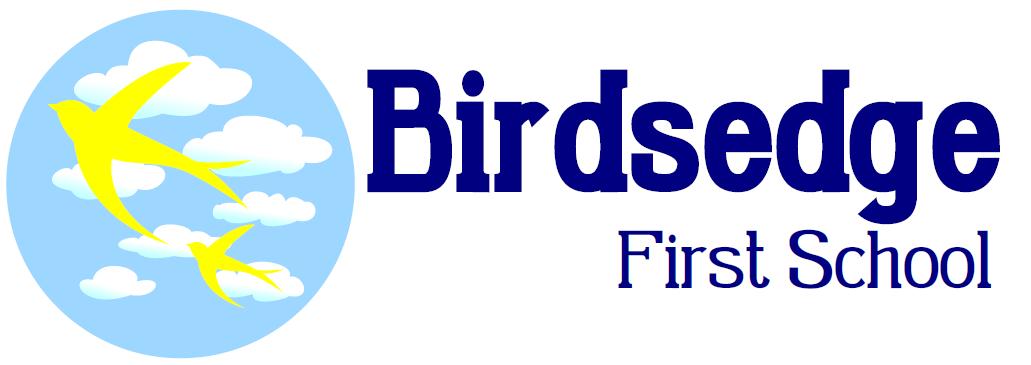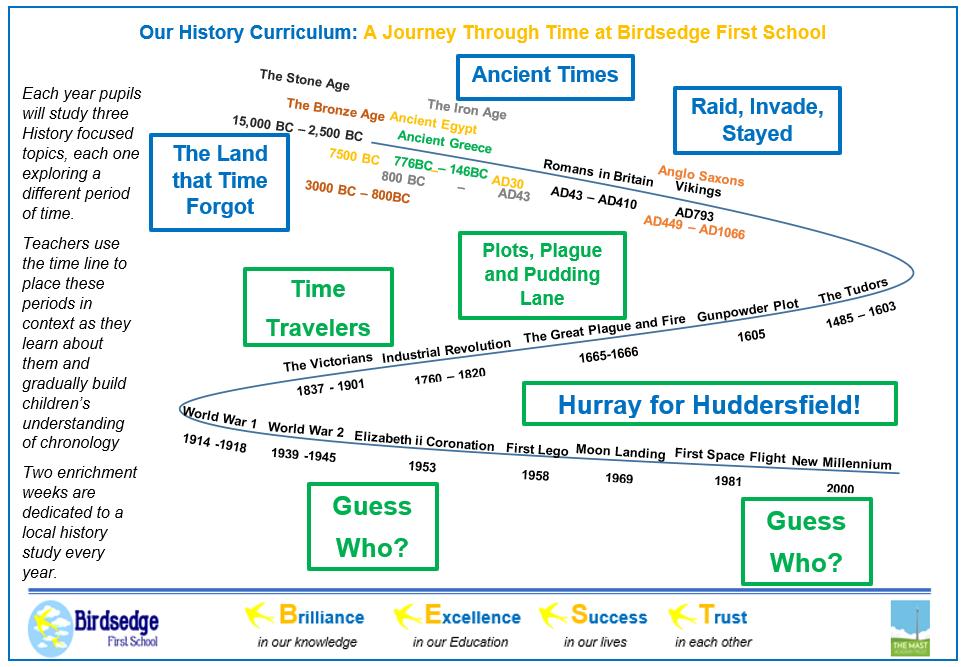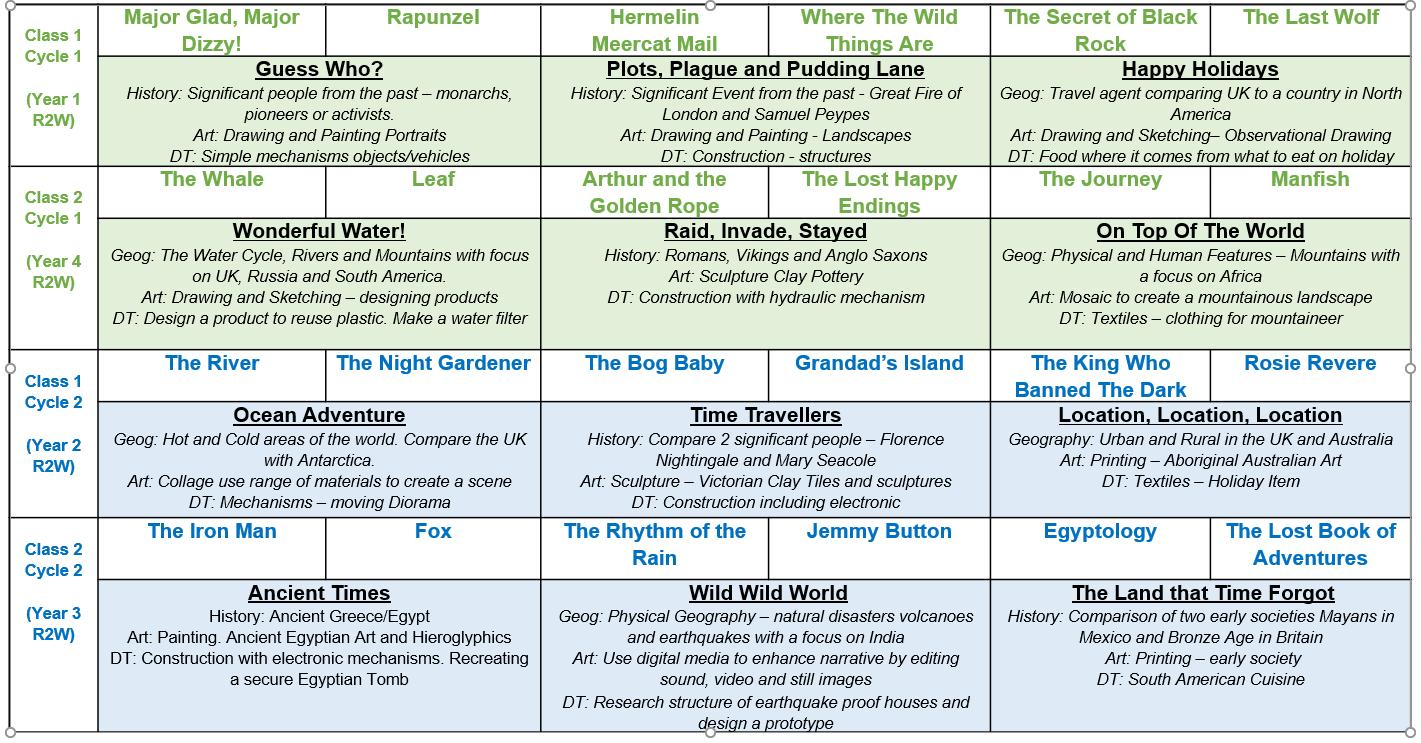

Content Intent 1. History Statement of Intent 2. History at BFS an Overview Implement 3. Whole School Long Term Plan 4. Learning Sequences Key Stage 1 5. Learning Sequences Key Stage 2 Impact 6 Progression of Skills
History Curriculum Map Document
Statement of Intent
As outlined by the National Curriculum, a high quality History Curriculum should: ‘help pupils gain coherent knowledge and understanding of Britain’s past and that of the wider world. It should inspire pupils’ curiosity to know more about the past. Teaching should equip pupils to ask perceptive questions, think critically, weigh evidence sift arguments, and develop perspective and judgement, History helps pupils to understand the complexity of people’s lives, the process of change, the diversity of societies and relationships between different groups, as well as their own identify and the challenges of their time.’
Our vision is that Birdsedge pupils leave with an increased understanding of historical facts, as well as an understanding of its influence on our day to day lives which will enable them to become confident and well educated citizens within our society. We believe that our History curriculum should provide all children with the ability to delve deeper and make connections to the past and the world in which they live now. We aim to inspire children to actively explore different periods of time as well as cultures, in order to paint a bigger picture of how life today came about. We will teach children the skills required to be a good historian; how to research and gather information, as well as how to question information gathered for authenticity, perspective and reliability.
Curriculum: At Birdsedge First School our History teaching aims to deliver a curriculum which enables the children to become confident, creative, independent and individual learners, providing them with an understanding of the past through learning about human achievements and experiences. The children will develop their sense of chronology throughout the study of the topics in Key Stage 1 and 2.
Developing Skills: Children will develop and broaden their critical thinking skills. They will investigate sources such as pictures, stories, accounts and artefacts to ask and answer questions about the past and how these have an impact on the world today.
Visitors and Visits: We seek to broaden children’s real-life experiences both inside and outside the classroom through educational visits, visitors, exploration and discovery. We believe that within history lessons, our children acquire a range of knowledge and skills which they can apply to other subjects and in a variety of different situations, in order to develop a love of history.
Diversity and Stereotypes: We believe very strongly at Birdsedge in exposing children to stories from the past to create lessons that provide a strong focus on stereotypes, unconscious bias, British values, hate crime and various forms of discrimination. We use interactive sessions to explore prejudice, creating authentic change and challenging attitudes and behaviours in all of our children and families.
In all our subjects taught, at Birdsedge First School we strive to ensure that all pupils know more and can do more each year but always remembering more of what they have learned. Ultimately we want our children, whatever their age, to always be ready and BEST prepared for the next stage in their education. As outlined over the next page, our Humanities subjects follow a whole school theme which is planned progressively for each year group to ensure good coverage and progress as a child moves through school. Throughout their History studies we want our children to build a meaningful understanding of History chronology, gradually studying further back in time as they move through school but always with a retrieval of prior knowledge and skills to build on and make links to.
1.
2. History at BFS an Overview

3. Whole School Long Term Plan

4. Learning Sequence Key Stage 1
*See detailed plans in school
5. Learning Sequence Key Stage 2
*See detailed plans in school
6. Progression of Skills
Rece ption
Year 1 Year 2 Year 3 Year 4 Year 5 Chronological
Range and Depth of Historical Knowledge
Sequence events in their life.
Represent events on a simplistic timeline through pictures and images.
Sequence 3 or 4 artefacts from distinctly different periods of time.
Match objects to people of different ages.
Recognise the difference between past and present in their own and others’ lives.
Know and recount episodes from stories about the past.
Sequence artefacts closer together in time and check with a reference book.
Sequence photographs etc. from different periods of their life.
Order these photos on a timeline.
Describe memories of key events in their lives.
Recognise why people did things, why events happened and what happened as a result (cause and effect).
Identify differences between ways of life at different times.
Place the time studied on a time line.
Use dates and terms related to the study unit and passing of time.
Sequence several events or artefacts.
Place events from period studied on time line.
Use terms related to the period and begin to date events
Understand more complex terms e.g. BC/AD
Know and sequence key events of time studied.
Use relevant terms and period labels.
Use relevant terms and period labels to draw their own timeline.
Make comparisons between different times in the past.
Find out about everyday lives of people in time studied.
Compare with our life today.
Identify reasons for and results of people's actions (cause and effect).
Understand why people may have wanted to do something.
Use evidence to reconstruct life in time studied.
Identify key features and events of time studied.
Look for links and effects in time studied.
Offer a reasonable explanation for some events.
Study different aspects of different people e.g. differences between men and women.
Examine causes and results of great events and the impact on people.
Compare life in early and late 'times' studied.
Compare an aspect of life with the same aspect in another period.
Understanding
Interpretations of History (Sources)
Use stories to encourage children to distinguish between fact and fiction. Compare adults talking about the past – how reliable are their memories?
Observe carefully simplistic sources e.g. photos/stories
Compare 2 versions of a past event.
Compare pictures or photographs of people or events in the past.
Discuss reliability of photos/ accounts/stories.
Identify and give reasons for different ways in which the past is represented.
Distinguish between different sources – compare different versions of the same story.
Look at representations of the period.
Look at a range of different sources.
Begin to evaluate the usefulness of different sources.
Use text books and historical knowledge accurately.
Compare accounts of events from different sources – distinguish between fact or fiction
Offer some reasons for different versions of events.
Link sources and work out how conclusions were arrived at.
Consider ways of checking the accuracy of interpretations – fact or fiction and opinion.
Be aware that different evidence will lead to different conclusions.
Find answers to simple questions about the past from sources of information e.g. artefacts.
Use a source – observe or handle sources to answer questions about the past on the basis of simple observations.
Use a range of sources to find out about a period.
Accurately use the internet for research.
Observe small details –artefacts, pictures.
Select and record information relevant to the study.
Use evidence to build up a picture of a past event.
Choose relevant material to present a picture of one aspect of life in the past.
Ask a variety of questions.
Answer questions using accurate internet research.
Begin to identify primary and secondary sources.
Select relevant sections of information.
Use the internet for research with increasing confidence.
Use a range of sources to find out about an aspect of time past.
Compare and question the validity of a range of sources.
Historical Enquiry
Communicate their knowledge through:
Organisation and Communication
Discussion….
Drawing pictures…
Drama/role play..
Making models…..
Writing..
Using ICT…
Recall, select and organise historical information.
Communicate their knowledge and understanding.
Select and organise information to produce structured work, making appropriate use of dates and terms.




